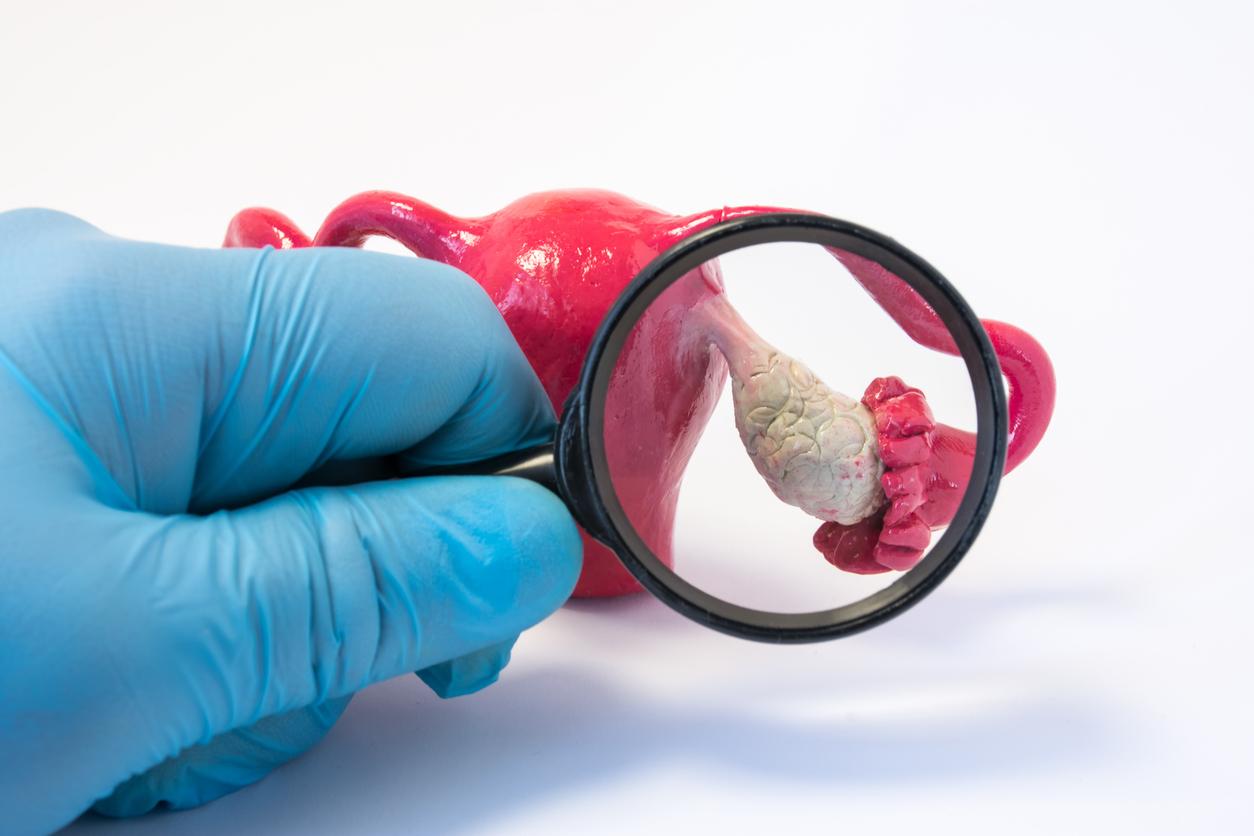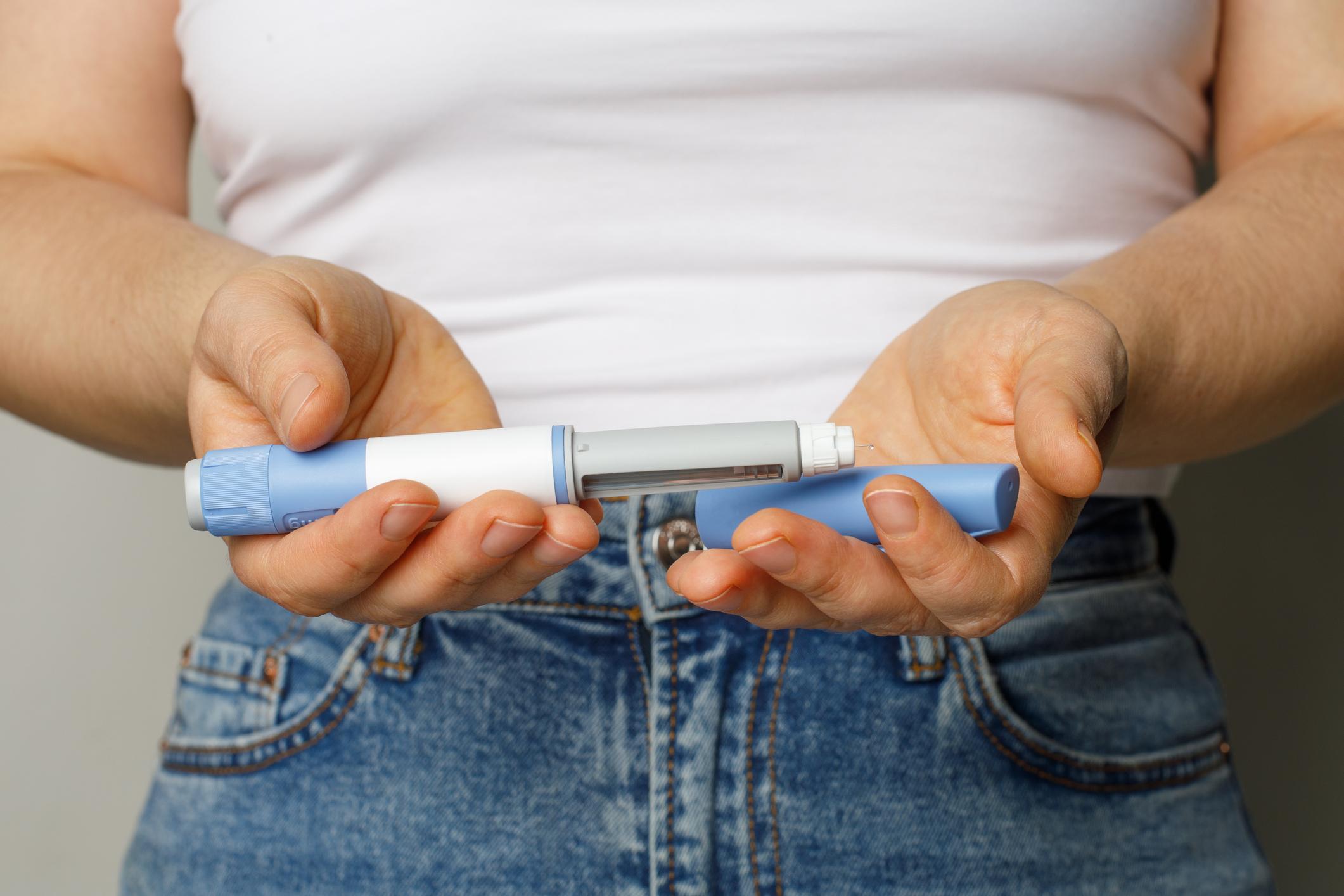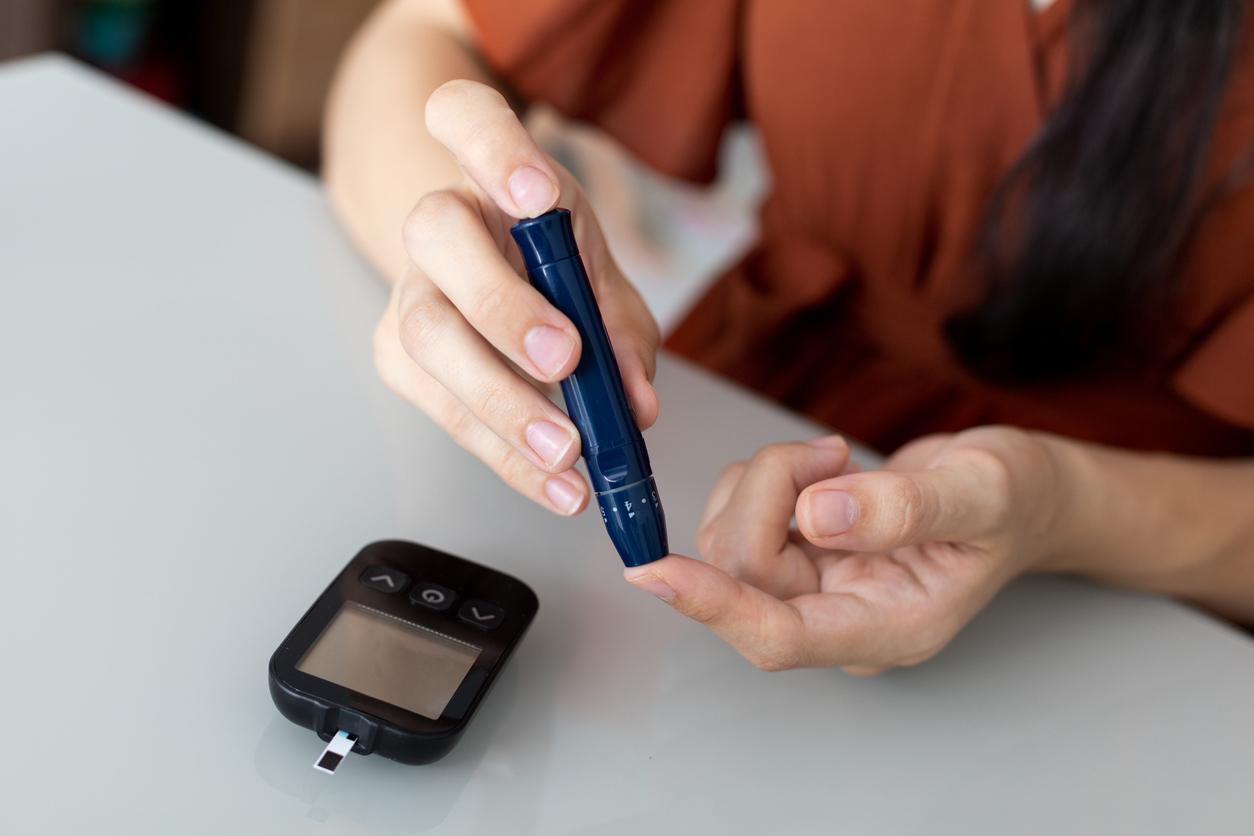Young people are increasingly affected by socio-economic difficulties, with consequences for their health. Precariousness has a new face: he is younger, more masculine, single, often of a high educational level. “The diploma is no longer a sesame against poverty, notes the survey of the Academy of Medicine conducted in collaboration with the Prespodia association and the Languedoc Mutuality. 26.6% of very precarious subjects leave college and 15 , 7% followed a university course “.
This population affected by insecurity is more sedentary and more affected by overweight, diabetes and prediabetes than the non-insecure. She also smokes more.
These new precarious people present nutritional deficiencies in animal proteins, in dairy products, fruits and green vegetables. They eat too many starches and sugary sodas.
This lifestyle makes young people more vulnerable to Type 2 diabetes, the most common, since a diet too high in fat and too sweet is a risk factor.
Prediabetes: what should alert
The survey reminds us that when it is not detected in time, prediabetes degenerates into chronic diabetes. To find out if you are prediabetic, Professor Claude Jaffiol, one of the authors of the report, advises to pay attention to certain signs: significant and abnormal weight gain, especially in the belly, a history of diabetes during pregnancy and giving birth to a child who is too big, blood pressure too high, tobacco abuse.
If you are concerned by any of these situations, it is good to consult a general practitioner as soon as possible to measure the level of sugar in the blood.
>> To read also: Beer: an anti-diabetes drink?
>> To read also: Diabetes: the point on 6 received ideas


















